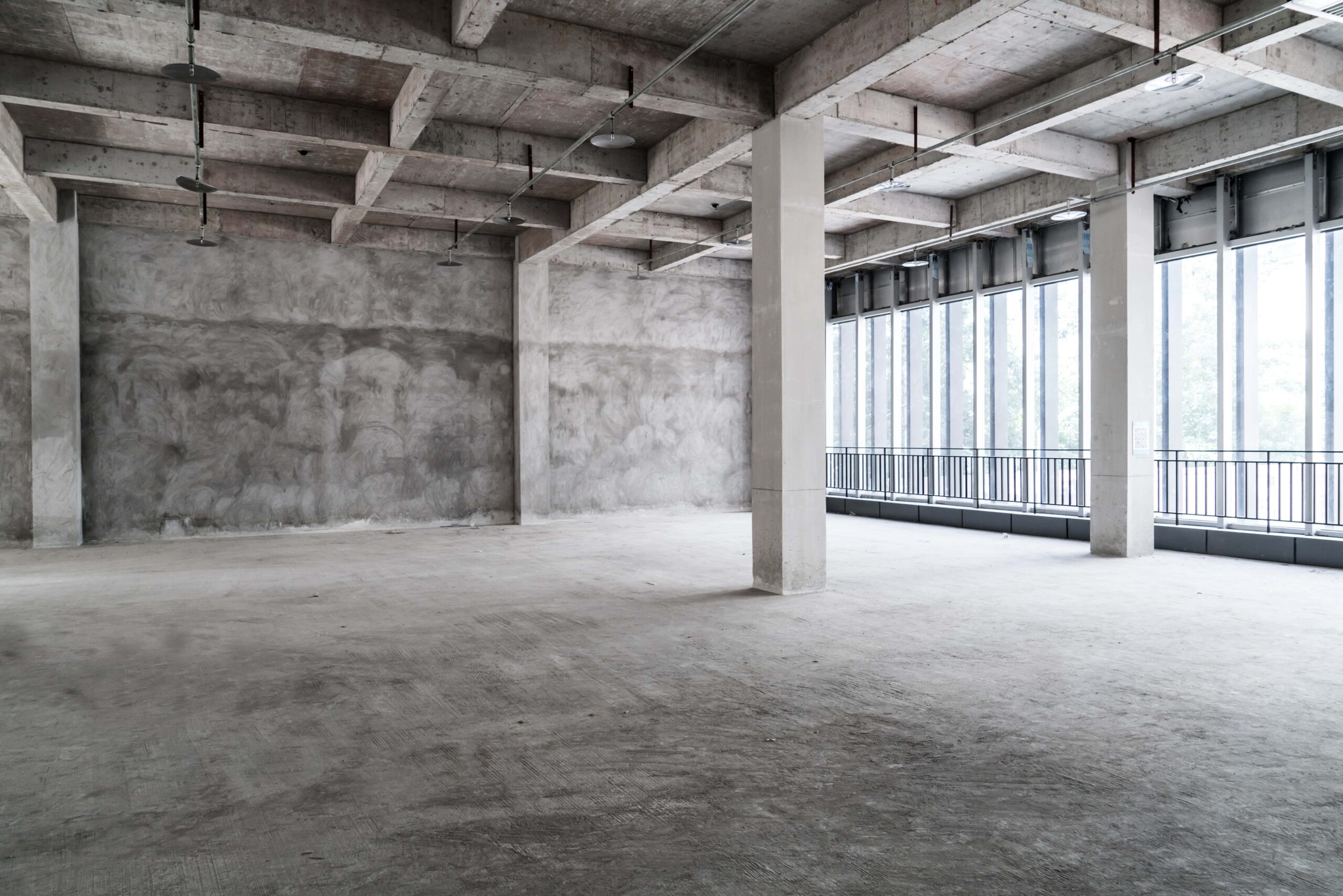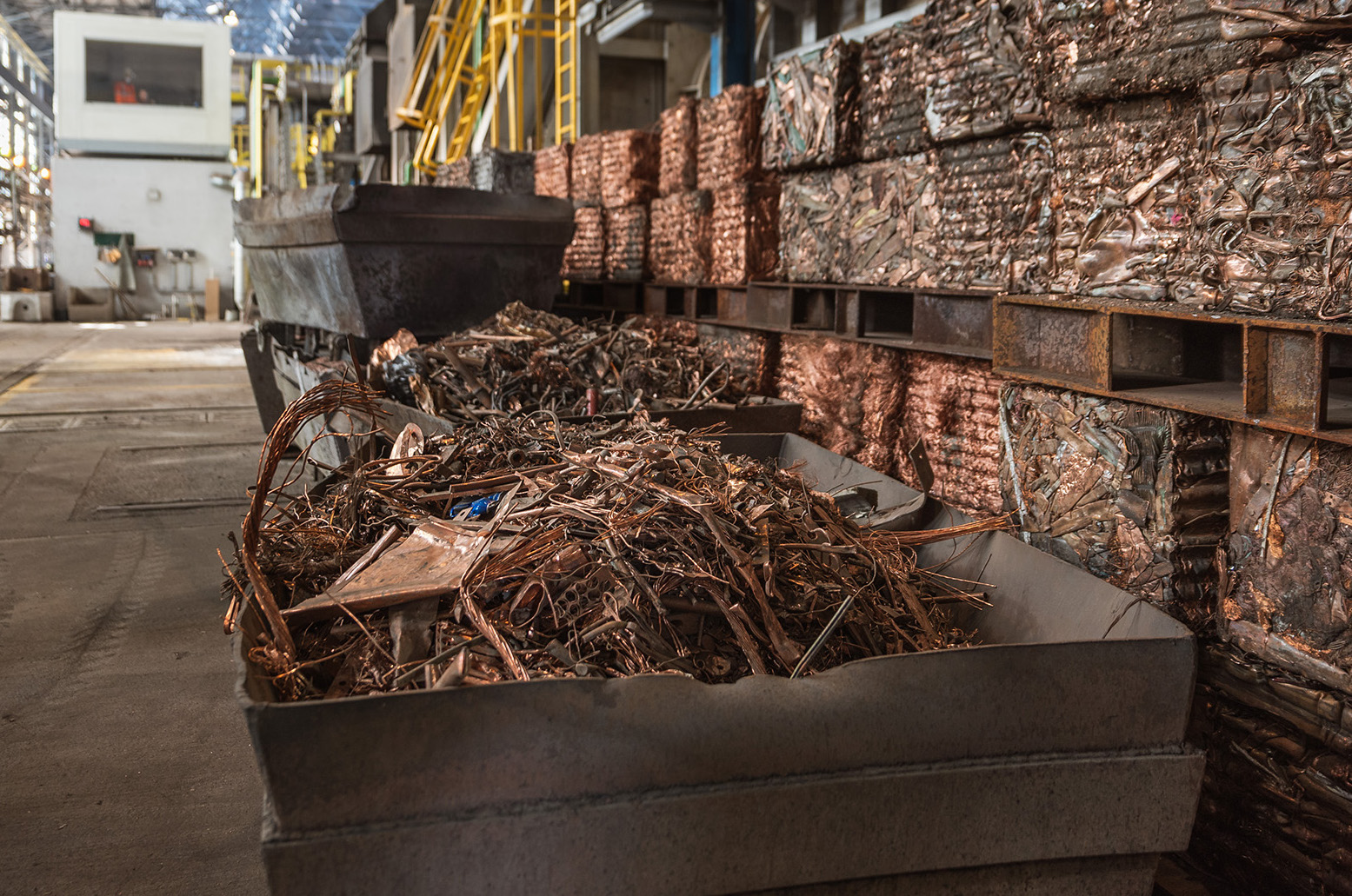Decarbonising the building and construction sector represents a major challenge in the fight to curb climate change – but also a big opportunity.
Through the years, the industry has come to rely more heavily on non-recyclable materials at odds with the circular economy.
With the clock ticking on net-zero targets, the adoption of sustainable building materials holds the key to a sustainable future.
The importance of sustainable building materials
The building and construction sector has one of the largest carbon footprints of any industry, accounting for a huge 37% of global greenhouse gas emissions. As such, environmental efforts will depend largely on the sector’s ability to decarbonise.
Within construction, the choice of materials used in a project has by far the greatest bearing on its environmental impact. Research from Hong Kong estimates that 82–87% of a building’s emissions can be directly attributed to the embodied carbon of its materials.
Beyond the design and construction phases, the quality and longevity of materials can impact the amount of maintenance required during the operation of a building, potentially incurring additional resources and generating extra emissions.
At the end-of-life stage, non-recyclable materials add to the already excessive levels of waste generated by construction activity that are sent to landfill or incinerated.
In short, close examination of the materials used in construction projects is key to the industry’s net-zero ambitions. Despite this, the sector has moved away from the sustainable building materials upon which it has relied for hundreds of years.
As in other industries, the construction sector’s reliance on cheap plastic products has increased dramatically in recent years. Our research shows that plastic waste from UK construction grew by an average rate of 210% every two years between 2004 and 2018.
In this time, plastic manufacturers have pushed new products, often marketing them as fully recyclable when in practice only a fraction of plastics used in construction are recycled at the end-of-life stage.
It’s in the construction industry’s best interests to overcome big plastic’s greenwashing campaign and promote genuine awareness of what really constitutes a sustainable building material.

Learn more about the rise of plastics in construction below.
Five sustainable construction materials
For the building and construction sector to get back on course in reaching net-zero emissions by 2050, there is a pressing need to prioritise materials with high recycled content and a capacity to be recycled infinitely without loss of quality.
Additionally, construction materials should be built to last, reducing the need for repairs and replacements and the additional emissions associated with this kind of activity.
Below, we pick out five sustainable building materials that architects, specifiers, contractors and engineers should be incorporating into their projects to play their part in the environmental effort.
Steel
Used to make beams, bars, plates and pipes, steel is one of the most versatile and widely used building materials around – and it’s also one of the most sustainable with some of the highest recycling rates in the industry.
Recycling rates for steel vary depending on end use, but sources for all industries generally put the global figure at 80–90%. One survey of UK demolition projects found that 91% of steel recovered during excavation was recycled.
Thanks to its strong recycling infrastructure, much of the demand for new steel products is met with recycled materials. Steel used in the UK’s construction industry, for example, has an average recycled content of 60%.
In terms of embodied carbon, steel also performs fairly well, with figures of 1.55 CO2e/kg and 1.99 CO2e/kg reported by the ICE database – an industry-recognised embodied carbon database for building materials – for steel sections and bars respectively.
Iron
While most iron is used to make steel, iron still plays an important role in construction with cast iron and wrought iron being used in structural components, as well as stairs, columns and railings.
As with steel, recycling rates vary depending on the product. A UN report consolidating data from several high-authority sources puts the recycling rate at 52–90%, while recycled content is 28–52%.
The ICE database estimates that iron has an embodied carbon of 2.03 CO2e/kg, meaning the metal has a slightly higher environmental impact than steel but is still less than most plastics used in construction on a per kilogram basis.
Iron and steel are both noted for their tensile strength, making them durable and long-lasting – an important factor when considering sustainability. However, as ferrous metals, they are susceptible to corrosion, which can limit their longevity.
Concrete
One of the most common construction materials, concrete is used in building foundations, flooring and exterior surfaces, as well as civil engineering projects like roads, bridges and car parks.
During demolition, concrete can be recovered, sorted and crushed to create recycled concrete aggregate. Aggregates can then be used to make new concrete products such as backfill, retaining walls and pavement bases.
Countries with clear legislation on the management of construction waste have seen great success with concrete recycling. Germany and The Netherlands, two leaders in the field, have recycling rates of over 90% for mineral building waste.
Compared to other construction materials, concrete is known for its relatively low carbon footprint. According to the ICE database, the embodied carbon of concrete averaged across different product types is just 0.103 CO2e/kg.


Aluminium
Valued for its lightness and durability, aluminium is one of the most common construction materials. The metal is often used in roofing and external walls, along with windows and doorframes.
Aluminium can be recycled repeatedly without any loss of quality, helping to close the loop and prevent waste from piling up in landfills. To date, it’s estimated that around 75% of all aluminium ever produced remains in circulation.
Recycling rates for aluminium within the construction industry are high, with a study of buildings in Europe putting this figure at 92–98% – significantly higher than the global sector-wide average of 76%.
It should be noted however that aluminium has a higher carbon footprint than the other materials on this list, with the ICE database putting the average embodied carbon for aluminium produced in Europe at 6.67 CO2e/kg.
Copper
Flexible, corrosion-resistant and long-lasting, copper is another highly valuable construction material. The red metal is widely used in pipework, cladding and roofing, as well as high-touch surfaces like handrails and countertops.
Like most other metals, copper can be recycled infinitely. In Europe, it’s estimated that 70% of copper from end-of-life products is recycled, while with civil engineering projects the recycling rate rises to 90%.
The average copper product in circulation today has a recycled content of 30%, though in the construction industry where recycling infrastructure is better established this is usually higher.
Copper also performs strongly in terms of carbon footprint, with recycled tubes and sheets – the two most commonly used components in construction – having an embodied carbon of 0.84 CO2e/kg.

Learn more about the sustainable credentials of copper below.
Building towards a sustainable future
Sustainable materials lie at the heart of the circular economy, and this is no different in construction. At present, too many non-recyclable products are in use, but the alternatives are readily available – and in many cases have been for hundreds of years.
The onus is on the industry to shift towards those materials – chiefly metals – which have high rates of recycling and recycled content, lower embodied emissions and established recycling infrastructure already in place.
Greater awareness of embodied carbon and environmental impact has helped spark change at an individual level, but ultimately legislation is needed to encourage the use of sustainable building materials compatible with a carbon-neutral future.
Fed up with the plastic greenwash? Want to learn more about the role of copper in shaping a sustainable future? Check out other news items or subscribe to our newsletter!

